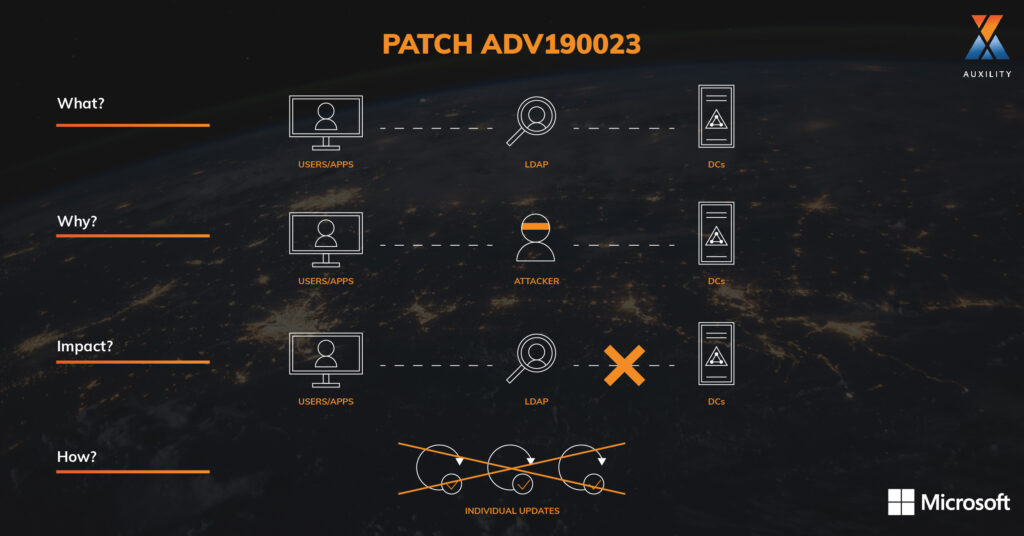Microsoft wouldn't be Microsoft if there wasn't a new update very soon. However, this one deserves just that little bit more attention. Safety first, you know.
Where’s it’s all about in a nutshell: thus far it was possible to authenticate with an Active Directory (manages an individuals' rights, e.g.: access to your mailbox) both in a signed and unsigned way, by using an LDAP protocol. However, there are many dangers in the latter method, as hackers can easily interfere. Time for a change.
The question is how Microsoft intends to tackle this. A short summary.

Later this year, authentication with an Active Directory will only be possible in a signed way. Microsoft will roll out a patch that will reconfigure the way Active Directory Domain Services (AD DS) and Active Directory Lightweight Directory Services (AD LDS) connect.
In short | Until now, it is possible that when you connect to a network (e.g.: company network) you automatically log on to apps and applications used by you. Though, for hackers way too easy to authenticate succesfully on your devices. From now on, it will be necessary for all applications – supported by the LDAP protocol – to authenticate in a signed way.

Microsoft identified a leak in the unsigned authentication method. It is very easy for hackers to intervene and succeed in sending an authentication request to a Windows LDAP server. In order to guarantee adequate data protection to its users, these modifications are crucial.
In short | Hackers can simply assume your identity and login to your applications, with access to all your personal data as a very unpleasant consequence.
Little will change for now. Microsoft initially wants to focus on auditing to see if certain applications and devices would give problems when the patch will be rolled out. This stage in the process is currently scheduled for March. When the definitive changeover will take place is as yet unknown.
It goes without saying that this new update of Microsoft will have many technical implications. Auxility wants to prepare your organization for this and make sure that the entire transition goes smoothly.
